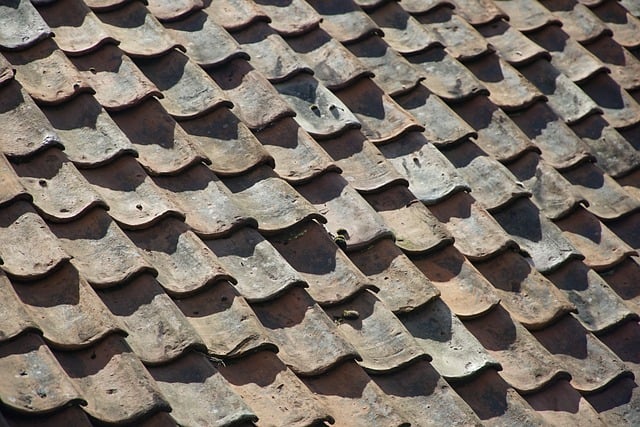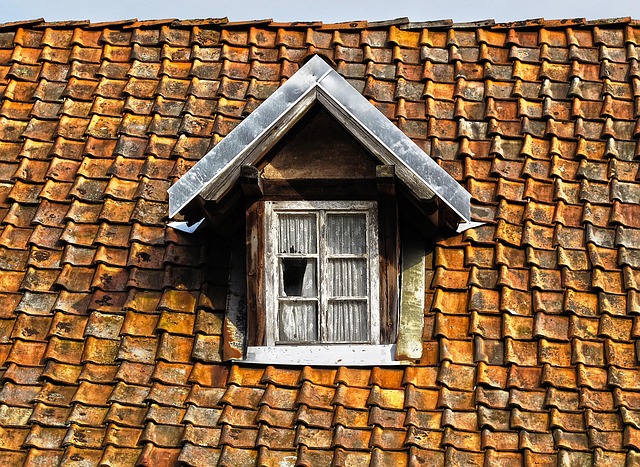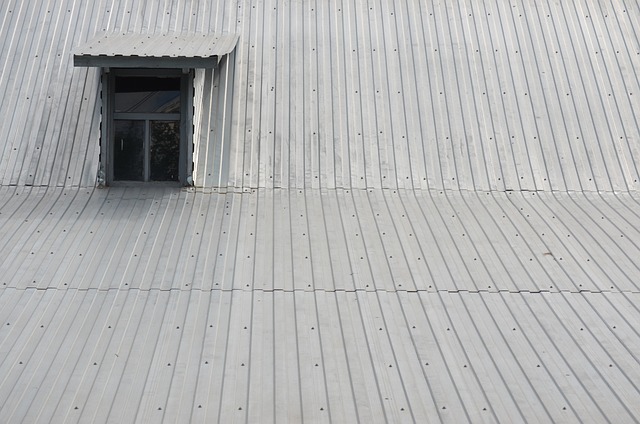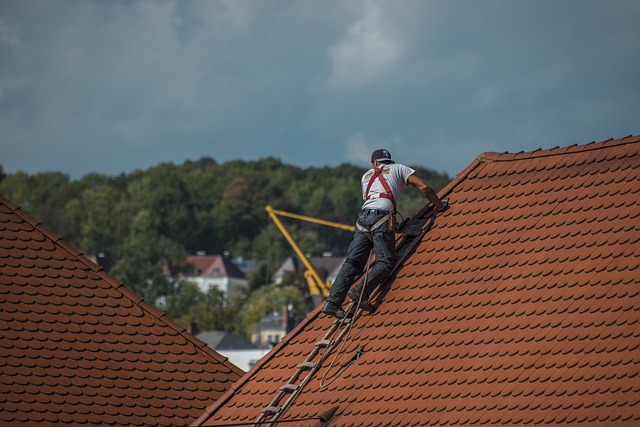Roof cracks, from minor hairlines to significant splits, are common issues driven by aging, weather, installation flaws, or structural damage. Accurate identification of crack types is key for effective repair, preserving a home's structural integrity. Severe cracks necessitate professional assessment as they may indicate broader problems. Essential tools and materials for DIY repairs include sealants, caulk, safety gear, and specialized kits. Regular annual inspections and preventive measures like gutter cleaning and proper ventilation extend the roof's lifespan and mitigate costly future repairs.
Roof cracks can range from minor aesthetics to structural concerns, necessitating prompt action. Understanding the causes and types of roof cracks is the first step in effective repair. This guide covers everything from identifying damage to preventive measures. Learn about the materials and tools required for common repairs, and follow a step-by-step process for small cracks. For severe cases, know when to seek professional help. Discover maintenance tips and proactive strategies to safeguard your roof against future cracking.
Understanding Roof Cracks: Causes and Types

Roof cracks can be a common issue for many homeowners, and understanding their causes is crucial for effective roof repair. These cracks can vary in size and type, from small hairline fractures to larger, more significant splits. Typically, they develop due to several factors, including aging, extreme weather conditions, improper installation, or structural damage.
The most common types of roof cracks include thermal expansion and contraction cracks caused by temperature fluctuations, wind-related cracks from powerful storms or high winds, and settlement cracks resulting from uneven soil compaction or building movement. Identifying the specific type of crack is essential as it determines the best course of action for roof repair, ensuring longevity and structural integrity.
Assessing the Damage: Identifying Minor vs. Severe Cracks

Assessing roof damage is a crucial step in any repair process, especially when it comes to cracks. When inspecting your roof, homeowners should look for both minor and severe cracks as they can indicate different levels of structural integrity issues. Minor cracks are typically thin lines or hairline fractures that may not immediately concern most people. These are often caused by normal age-related wear and tear and usually pose little risk to the overall stability of the roof.
On the other hand, severe cracks are wider and more prominent, often appearing as large gaps or even partial separations in the roofing material. These could be indicative of more serious structural problems, such as those caused by extreme weather events like storms or heavy winds. Severe cracks not only compromise the aesthetics of your roof but can also lead to water infiltration, further damaging the structure and potentially causing more extensive repairs. For accurate assessment, it is recommended to consult a professional roofer who can identify and classify crack types, ensuring the most appropriate and effective Roof Repair methods are employed.
Materials and Tools Required for Repair

When it comes to roof crack repair, having the right materials and tools is essential for a successful and lasting fix. To tackle this job effectively, you’ll need a few key items. Start with high-quality sealant or caulk designed specifically for roofing use; these come in various types suited for different climates and crack sizes. A reliable ladder is crucial for safe access to the damaged area, along with safety gear like gloves and goggles to protect against debris and potential falls.
Don’t forget about tools such as a putty knife or trowel for applying the sealant accurately, and a brush to clean the crack and ensure proper adhesion. For larger cracks, you might require a specialized roof repair kit that includes metal straps or flashing to provide additional support. Always check your local hardware store or home improvement center for the most suitable products tailored to your roof repair needs.
Step-by-Step Guide to Fixing Small Cracks

Roof crack repair is a crucial part of maintaining your home’s integrity and preventing further damage. If you notice small cracks in your roof, don’t delay; fixing them promptly can save you from costly repairs later. Here’s a step-by-step guide to help you tackle this task effectively.
First, assess the extent of the damage. Small cracks can often be repaired with simple tools and materials. Gather items like a caulk gun, roof cement or sealant, a putty knife, and a trowel. Ensure the crack is clean and free of debris; use a wire brush if necessary. Apply the chosen sealant or cement into the crack using the trowel, filling it completely. Smooth the surface with the putty knife to ensure an even finish. Let the repair dry according to the product’s instructions before inspecting your handiwork.
When to Consider Professional Help for Major Crack Repairs

If you’ve noticed significant cracks in your roof, don’t delay seeking professional assistance. While minor cracks can often be addressed with DIY methods or simple repairs, more extensive damage requires expert intervention. Major roof cracks can signal structural issues, especially if they are wide, deep, or numerous. Professional roof repair services have the specialized equipment and expertise to assess and fix these problems effectively.
Consider seeking professional help when cracks lead to leaks, as this indicates a potential breach in your roof’s integrity. Additionally, if you notice uneven floors, sloping walls, or other signs of structural distress, it’s time to call in experts. They can provide a thorough inspection, offer tailored solutions, and ensure long-lasting repairs for your roof, safeguarding your home from further damage.
Preventive Measures to Avoid Future Roof Cracking

To prevent future roof cracking, regular maintenance is key. Start by inspecting your roof at least once a year to identify any signs of damage or wear and tear. Addressing small issues early can prevent them from escalating into costly repairs. Keep gutters clean and ensure proper drainage to avoid water buildup, which can lead to weakening of roof structures over time. Additionally, consider reinforcing the roof’s structural integrity by adding ridgelines or rafter ties, especially in areas prone to extreme weather conditions.
Using high-quality materials during initial installation is equally important. Opt for durable shingles or roofing tiles that are designed to withstand environmental stressors. Proper ventilation systems should also be implemented to regulate interior temperatures and reduce the risk of excessive moisture buildup inside the attic, which can contribute to roof deterioration. Regular sealing and repainting can further protect the roof from elements, maintaining its integrity and extending its lifespan without future cracks.
Maintenance Tips for Long-Lasting Roof Integrity

Regular maintenance is key to preserving your roof’s integrity and preventing costly repairs. Start by inspecting your roof at least twice a year for any signs of damage, including cracks, missing or damaged shingles, and loose flashing. Addressing issues early can prevent further deterioration and costly roof replacement.
Implement preventive measures like clearing gutters of debris to ensure proper drainage, which reduces the risk of water damage. Additionally, consider applying a protective coating or sealingant to your roof, especially in areas prone to extreme weather conditions. These steps contribute to prolonging your roof’s lifespan, ensuring it remains sturdy and secure.
